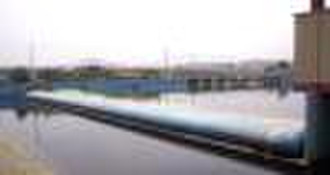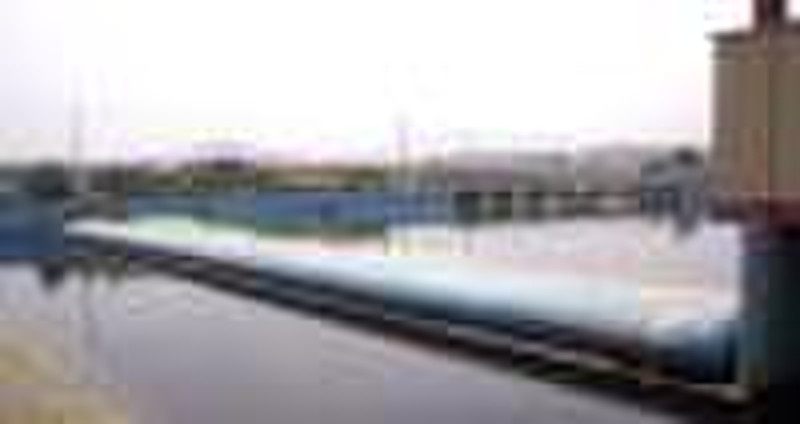Catalog
-
Catalog
- Agriculture
- Apparel
- Automobiles & Motorcycles
- Beauty & Personal Care
- Business Services
- Chemicals
- Construction & Real Estate
- Consumer Electronics
- Electrical Equipment & Supplies
- Electronic Components & Supplies
- Energy
- Environment
- Excess Inventory
- Fashion Accessories
- Food & Beverage
- Furniture
- Gifts & Crafts
- Hardware
- Health & Medical
- Home & Garden
- Home Appliances
- Lights & Lighting
- Luggage, Bags & Cases
- Machinery, Hardware & Tools
- Measurement & Analysis Instruments
- Mechanical Parts & Fabrication Services
- Minerals & Metallurgy
- Office & School Supplies
- Packaging & Printing
- Rubber & Plastics
- Security & Protection
- Service Equipment
- Shoes & Accessories
- Sports & Entertainment
- Telecommunications
- Textiles & Leather Products
- Timepieces, Jewelry, Eyewear
- Tools
- Toys & Hobbies
- Transportation
Filters
Search
Rubber Dam

Shengyi Wang
Contact person
Basic Information
| Place of Origin | China |
|---|---|
| Brand Name | Sunny |
Rubber dams are long tubular-shaped fabrics placed across channels, streams and weir crest to raise the upstream water level when inflated. The membrane is a multi-layer fabric made of synthetic fibre which may be rubberized on one or both sides, and possibly coated with plastic film. The fabric is quite flexible and yet exhibits very large resistance characteristics. The inflatable flexible membrane dams were developed in the early 1950s. In open channels, they are used to divert water for irrigation, for raising existing dams, for flood controls. Other applications include remedy measure to prevent dam overtopping and control of chemical spills in streams. Inflatable dams can be filled with water, air or both. The present trend suggests an increased use of air-filled membranes because they can be deflated or inflated more rapidly, and they are little affected by freezing conditions. Characteristic dimensions cover typically lengths of about 100m with specially-made membranes up to 200m wide, dam heights usually less than 5m but some special designs might be up to 10m high. The membrane is usually deflated for large overflows.Low cost compared to other controllable gates Low environmental impact Long service life Very low maintenance cost Simple construction and installation on new or existing foundation Excellent operational features in ice conditions Safe deflation under any conditions Ability to control water level
Payment term
Letter of credit
Telegraphic transfer
-
Payment Methods
We accept:









